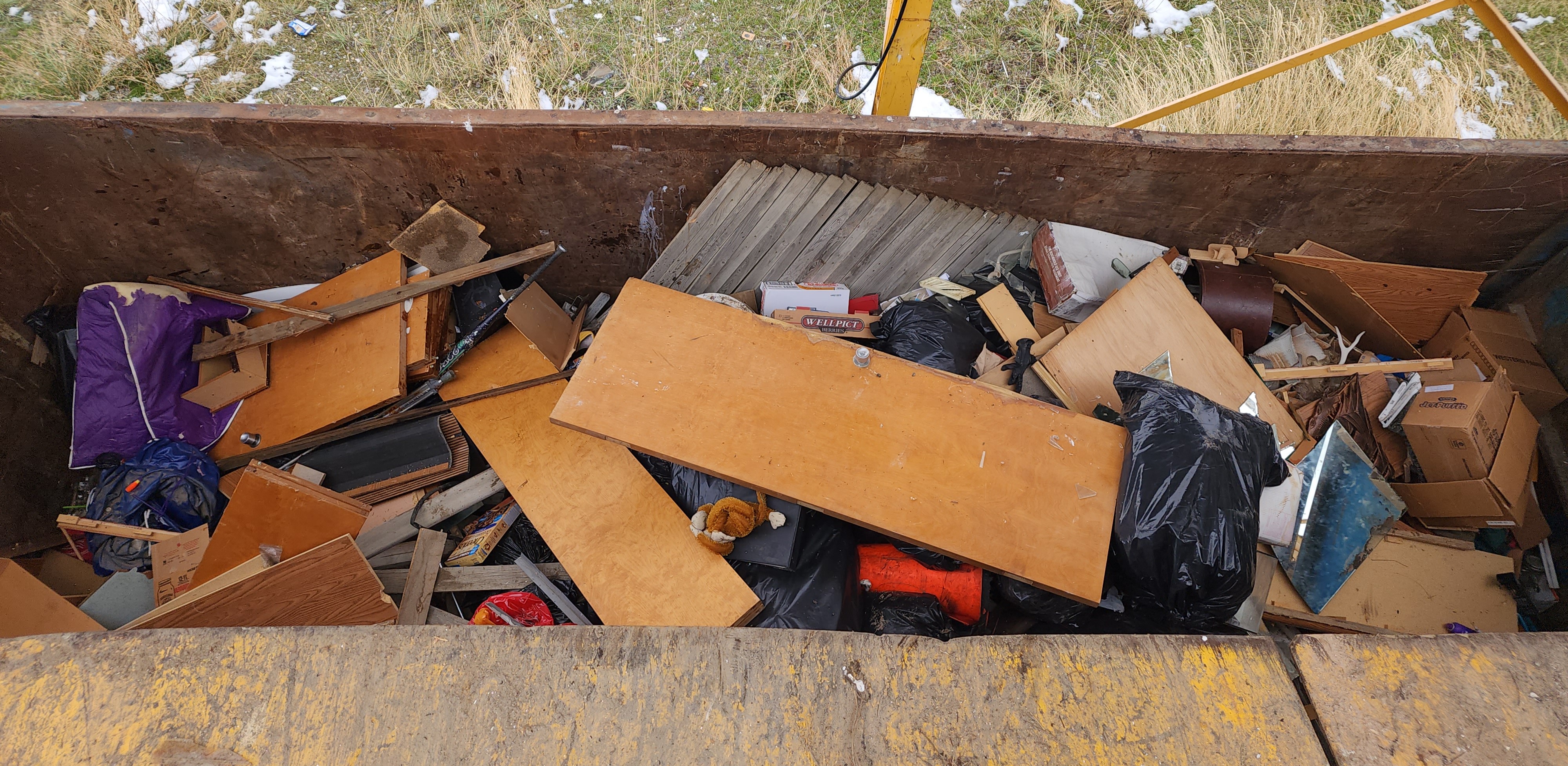
Recycling
Construction Debris
What is construction debris?
Construction debris is generated from land clearing, demolition and construction and renovation activity. It includes brush, stumps, tree limbs, rubble, fixtures, flooring, floor cover, lumber, gypsum, insulation, roofing, siding material, windows, doors, wiring and plumbing.
Some construction debris, such as asbestos from pre-1980s gypsum, is harmful to human health.

Environmental Impact
Construction waste volume worldwide will nearly double to 2.2. billion tons by the year 2025.
Best Practice Examples
- Include waste disposal costs in construction project budgets. In B.C., Indigenous Services Canada-funded construction projects are eligible to have waste disposal costs included in the project budget.
- Require contractors to set up a construction waste management plan, including:
- Proper removal and disposal of any hazardous materials,
- Salvage of reusable items,
- Waste diversion, sorting and recycling of materials,
- Transport and disposal arrangements,
- Record keeping (invoices, waybills, landfill fees).
- Monitor construction project waste handling and require contractor to submit records to show compliance with the plan